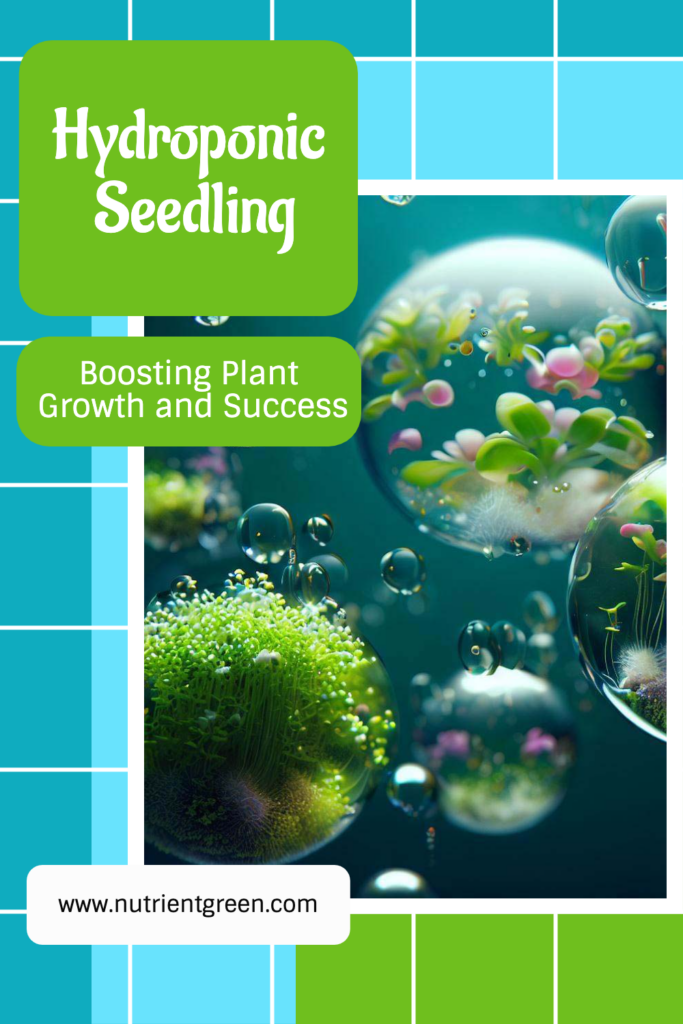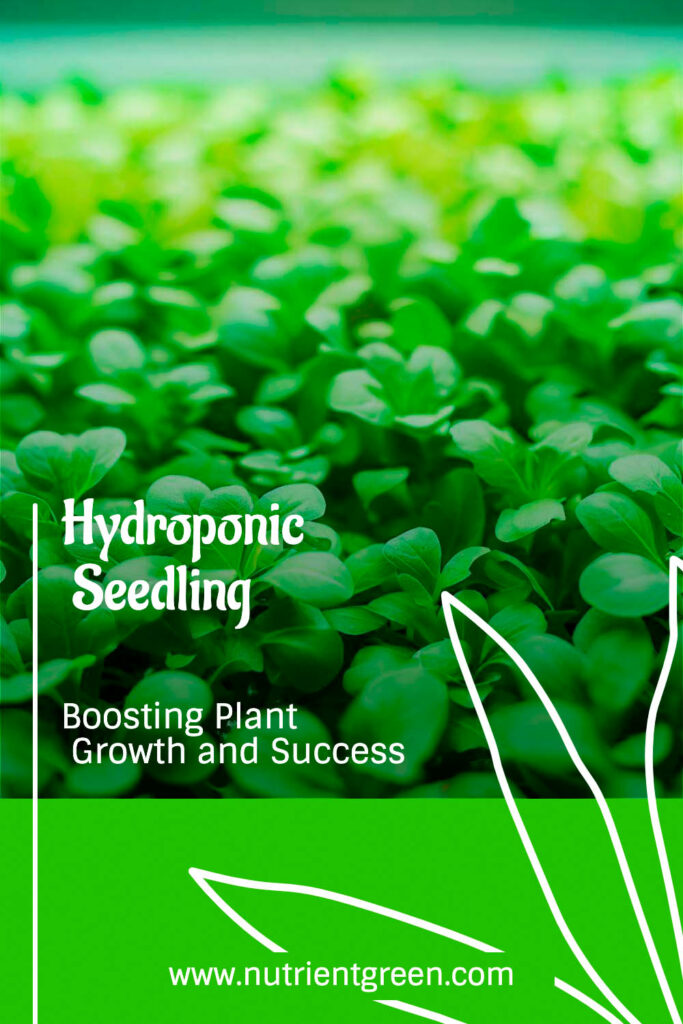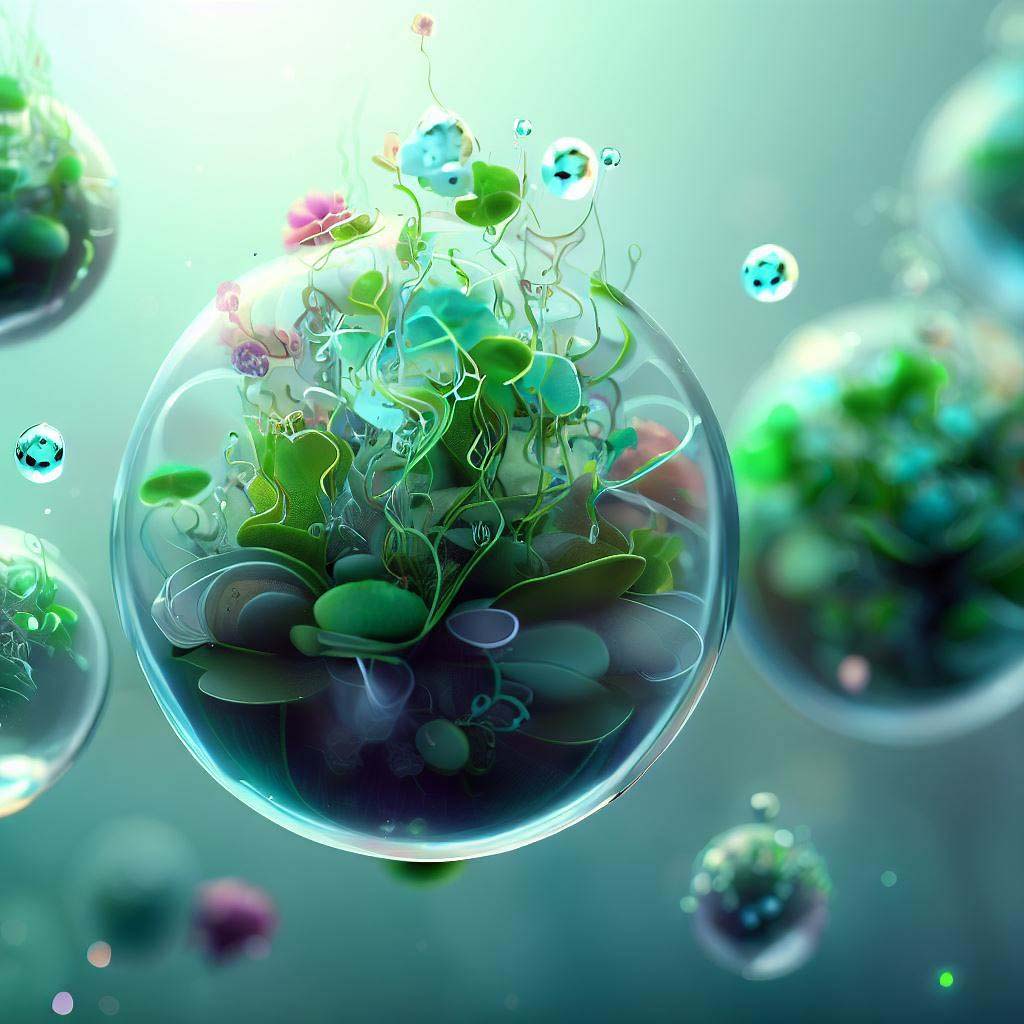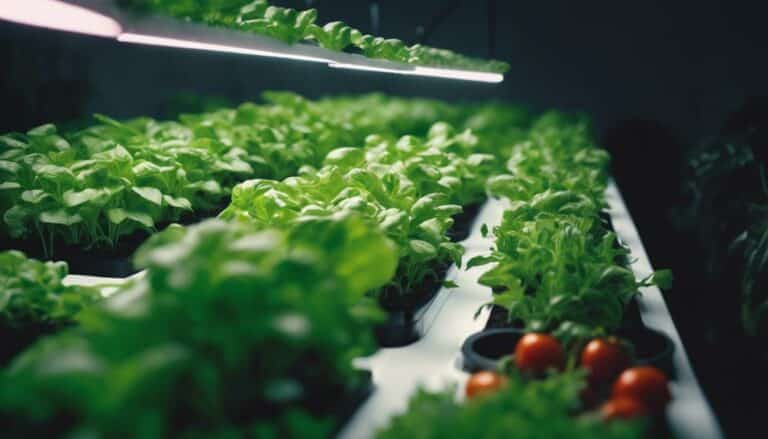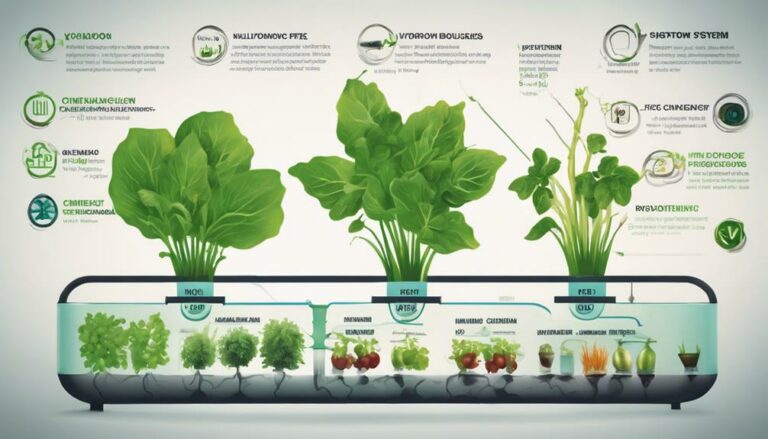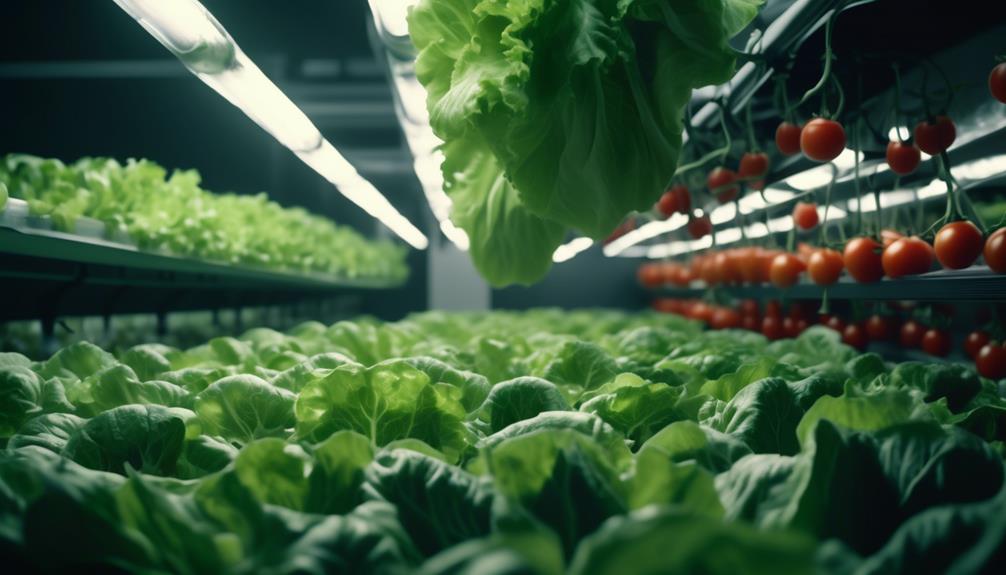Table of Contents
Hydroponics is a soilless method of plant cultivation that utilizes a nutrient-rich water solution. It offers numerous advantages over traditional soil gardening, including faster growth, higher yields, reduced water consumption, fewer pest and disease issues, and greater control over the growing environment. However, before reaping the benefits of hydroponic gardening, it’s crucial to start with healthy seedlings. Hydroponic Seedlings are young plants that have emerged from seeds and are ready for transplantation into a hydroponic system. Cultivating your own seedlings not only saves money and provides more variety options but also ensures that the plants are well-suited to your hydroponic setup.
Introduction
In this article, we will delve into the fundamentals of hydroponic seedling, covering its definition, benefits, procedures, and maintenance. By following these simple steps, you’ll be equipped to successfully grow hydroponic seedlings and enjoy a bountiful harvest.
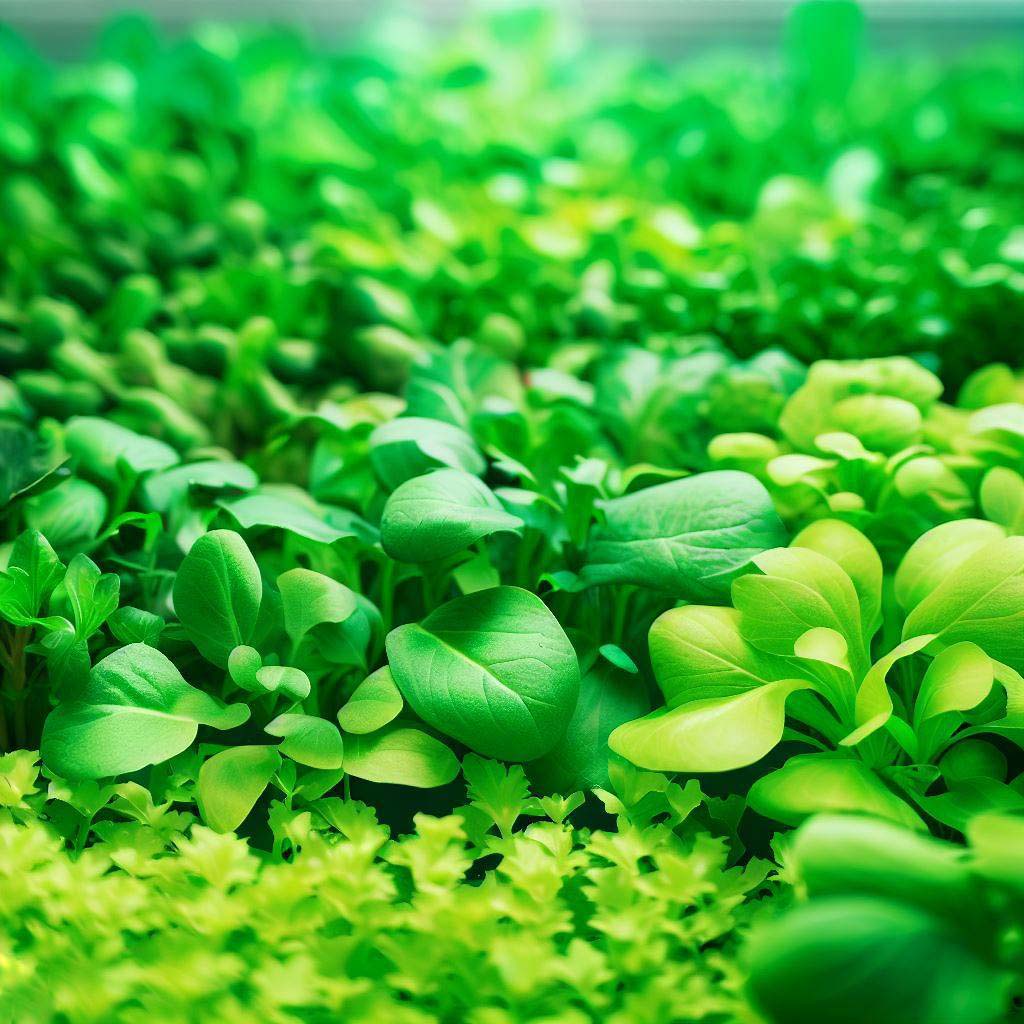
Definition and Benefits of Hydroponic Seedling
Hydroponic seedling involves germinating seeds and nurturing seedlings in a soilless medium specifically designed for hydroponics. Instead of relying on soil or compost, inert materials like rockwool, coco coir, perlite, vermiculite, or germination plugs are used. These materials provide support and moisture to the seeds and seedlings while allowing proper root development and nutrient absorption.
Hydroponic seedling offers several advantages over soil-based seed starting:
- It eliminates the risk of soil-borne diseases and pests that can harm your seedlings.
- It reduces the likelihood of damping-off, a fungal disease causing rot at the base of seedlings.
- It allows precise control over moisture levels, preventing overwatering or underwatering.
- It ensures optimal nutrient intake right from the start.
- It promotes the growth of robust seedlings with vigorous root systems.
- It facilitates easier and less stressful transplantation of seedlings.
Procedures for Starting Hydroponic Seedlings
Starting hydroponic seedlings closely resembles the process of starting soil-based seedlings. You will need basic supplies and equipment such as seeds, a suitable germination medium and container, a tray or container for holding the medium, optional accessories like a heat mat for temperature control, a humidity dome for maintaining humidity, a light source for adequate illumination, a hydroponic nutrient solution, a pH meter and adjuster, scissors or a knife for cutting the medium, and tweezers or a spoon for handling the seeds.
Follow these steps to initiate your hydroponic seedlings:
Selection of Seeds and Varieties
Begin by selecting the seeds and varieties you wish to grow in your hydroponic system. While almost any seeds can be used for hydroponics, some perform better than others. Leafy greens, herbs like lettuce, spinach, kale, basil, and mint are well-suited for hydroponics due to their easy growth and minimal space requirements. Conversely, fruiting crops such as tomatoes, peppers, cucumbers, and strawberries may demand more space, support, and pruning.
Look for varieties specifically bred or selected for hydroponics as they are better adapted to hydroponic conditions, offering higher yields, enhanced flavor, or increased disease resistance. You can find such varieties online or at specialized stores.
Selection of Medium and Container
Next, choose the appropriate medium and container for germinating your seeds. Various options are available for hydroponic seed starting, including rockwool, coco coir, perlite, vermiculite, and germination plugs.
Rockwool is a popular medium made from spun basalt rock fibers, known for its excellent water retention and aeration properties. It comes in different shapes and sizes like cubes or blocks that fit standard trays or containers. However, it has a high pH level that requires adjustment and can accumulate salts over time.
Coco coir, made from coconut husk fibers, offers good water retention and drainage properties. It comes in forms such as bricks, pellets, discs, or loose fibers suitable for different containers. Coco coir typically has a neutral pH level that requires minimal adjustment, although it may contain higher levels of sodium or potassium that need rinsing.
Perlite is a lightweight medium produced from expanded volcanic glass. It provides good drainage and aeration and comes in various granule grades that can be used alone or mixed with other mediums in shallow containers. Perlite has a neutral pH level and is relatively easy to handle, although it can be dusty and abrasive.
Vermiculite is a medium made from expanded mica minerals, offering good water retention and insulation properties. It comes in different flake grades suitable for standalone use or mixing with other mediums in shallow containers. Vermiculite tends to have a slightly acidic pH level that may require adjustment, and it’s important to note that some vermiculite products may contain asbestos fibers, posing risks if inhaled.
Germination plugs are pre-made mediums available in various shapes like cubes, discs, sponges, or peat pots. They are typically composed of organic materials such as peat moss, coir fiber, wood fiber, or composted bark, providing good water retention and drainage properties. Germination plugs are designed to fit standard trays or containers and have a neutral pH level.
When choosing a medium, consider your preferences, budget, and availability. Select a container that matches the size and shape of your chosen medium. Recycled materials like yogurt cups, egg cartons, or plastic bottles can also be repurposed as containers.
Germination of Seeds on a Slant Board
The subsequent step involves germinating your seeds on a slant board, which allows vertical germination without the use of any medium. A slant board offers several advantages over using mediums, including avoiding root damage during transplantation, reducing the risk of fungal infections or algae growth, saving space and materials, and promoting uniform germination.
To create a slant board, you’ll need an acrylic or polycarbonate sheet (around 1 mm thick) that fits your tray or container, germination paper (e.g., filter paper, blotting paper, or paper towel) to cover the sheet, scissors or a knife for cutting the sheet and paper, and tweezers or a spoon for handling the seeds.
Follow these steps to make a slant board:
- Cut the acrylic or polycarbonate sheet into smaller pieces if necessary, ensuring they fit your tray or container.
- Cut the germination paper into pieces that match the size of the acrylic or polycarbonate pieces.
- Fully wet the germination paper by soaking it in water.
- Place the acrylic or polycarbonate pieces on a flat surface and lay the germination paper on top of them.
- Space your seeds evenly on the germination paper, taking into account their size and the recommended spacing guidelines.
- To keep the seeds in place, a thin layer of paper should be used as a cover.
- Fully wet the paper by soaking it with water.
- Submerge the bottom edge of the slant board vertically in water within the tray or container.
- If necessary, use a humidity dome to maintain high humidity and prevent evaporation of the tray or container.
- Keep the tray or container in a warm and dark location until the seeds germinate.
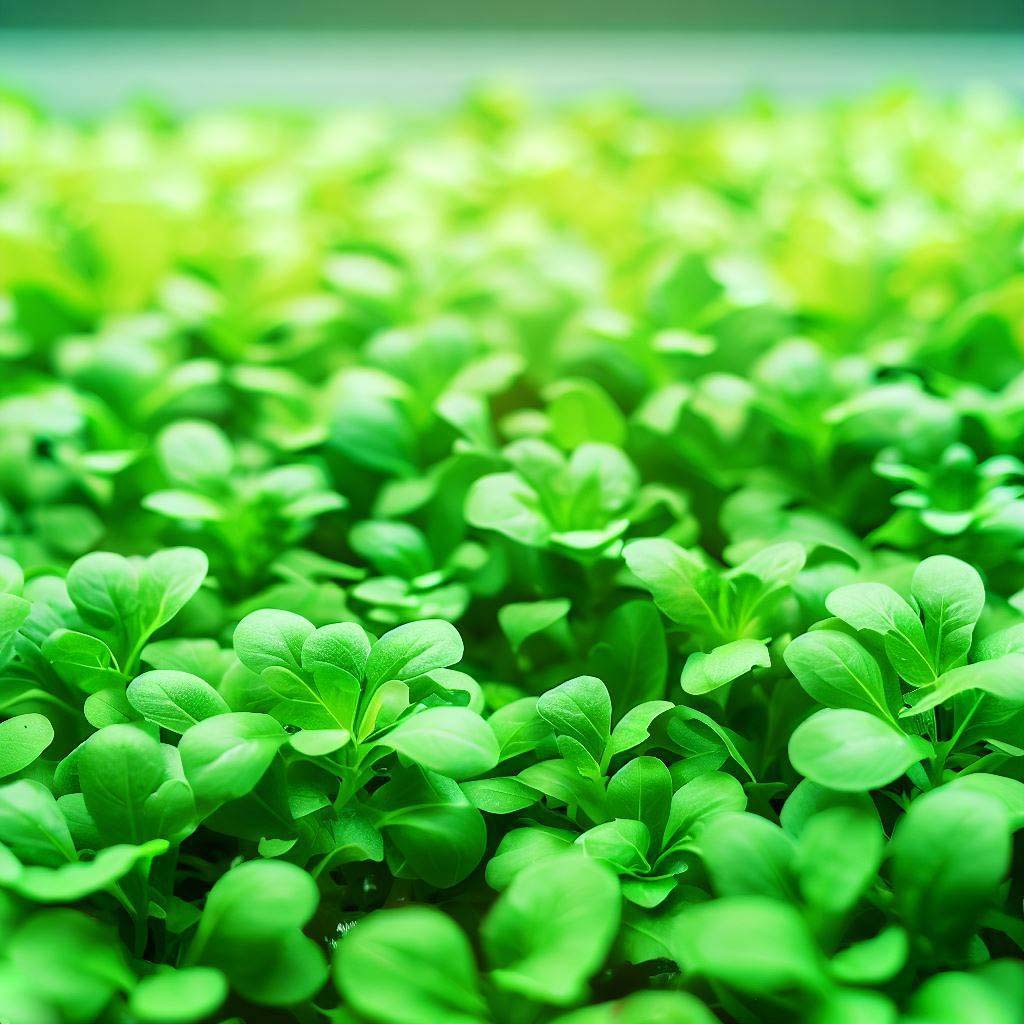
Transplanting Seedlings into the Hydroponic System
After the seeds have germinated and their first true leaves appear, it is important to transplant the seedlings into the hydroponic system without delay. Waiting too long can lead to tangled or damaged roots due to excessive growth. The following tools and materials will be required for the transplantation process:
- Scissors or a knife for cutting the germination paper
- Tweezers or a spoon for handling the seedlings
- A chosen hydroponic system
- A hydroponic medium, if necessary
- A hydroponic nutrient solution of choice
Follow these steps for transplanting the seedlings:
- Cut the germination paper around each seedling, leaving sufficient space for the roots to hang freely.
- Carefully peel off the paper from the seedling, ensuring the roots and leaves remain undamaged.
- Position the seedling according to the design and requirements of the hydroponic system. For instance, the seedling may need to be placed in a net pot filled with a medium like clay pebbles or directly on a floating raft with root holes.
- Secure the seedling in place, ensuring it is not submerged too deeply or too shallowly in the water or medium.
- Repeat the process for each seedling until the hydroponic system is adequately filled.
Maintenance of Hydroponic Seedlings
Proper care is essential for the healthy growth and development of the transplanted seedlings in the hydroponic system. Monitoring and adjusting certain environmental variables are necessary, including:
Temperature and Humidity Control
Maintaining appropriate temperature and humidity levels is crucial for the well-being of the seedlings. Most plants thrive within a temperature range of 18°C to 26°C (65°F to 79°F) and a humidity range of 50% to 70%. Using a thermometer and a hygrometer to measure these variables and employing tools like a heat mat, fan, humidifier, or dehumidifier helps regulate temperature and humidity.
pH and Nutrient Solution Adjustment
The pH level and nutrient solution play vital roles in the growth and health of the seedlings. It is important to maintain a pH range of 5.5 to 6.5 and a nutrient concentration of 500 to 800 ppm (parts per million) for most plants. Monitoring and adjusting these variables using a pH meter, TDS meter, pH adjusters (such as vinegar or baking soda), and hydroponic nutrient solutions like General Hydroponics Flora Series are recommended.
Light and Air Circulation Provision
Adequate lighting and air circulation significantly impact seedling growth and health. Providing a minimum of 12 hours of light per day is ideal for most plants. Natural sunlight or artificial lighting options like LED, fluorescent, or metal halide bulbs can be utilized. Sufficient air circulation is also necessary to prevent mold, fungus, and pests. Fans, air pumps, or air stones can be employed to create movement and promote oxygenation.
Pruning and Training of Seedlings as Needed
While optional, pruning and training practices can enhance plant growth and yield. Pruning involves removing dead, diseased, or unwanted leaves, stems, or branches, allowing plants to allocate energy toward flower and fruit production. Training techniques involve shaping plants in desired forms or directions to maximize exposure to light and air circulation. Trellising, staking, topping, pinching, bending, or tying are some common methods of training.
Conclusion
Hydroponic seedling offers a soil-less method for starting plants, offering advantages such as accelerated growth, increased yields, reduced water usage, minimized pest and disease issues, and improved control over the growing environment. By following these straightforward steps, successful cultivation of healthy hydroponic seedlings can be achieved, leading to a bountiful harvest.
This article has provided an explanation of the fundamentals of hydroponic seedling, encompassing its definition, benefits, procedures, and maintenance. If you have any questions or comments, please feel free to share them below.
FAQs
What are common issues encountered with hydroponic seedlings?
Some common problems associated with hydroponic seedlings include:
Poor germination: This may occur due to old or low-quality seeds, unsuitable temperature or moisture levels, or contamination by mold or fungus. To prevent this, it is crucial to use fresh, high-quality seeds, maintain optimal temperature and moisture levels, and sterilize the medium and container before use.
Damping-off: This fungal disease causes seedlings to rot at the base. Preventive measures include using clean water and medium, avoiding overwatering or overcrowding, and providing adequate air circulation.
Nutrient deficiency: Insufficient or imbalanced nutrient solutions, incorrect pH levels, or salt buildup in the medium can lead to nutrient deficiencies. To prevent this, utilize high-quality and balanced nutrient solutions, regularly adjust pH levels, and periodically flush out excess salts.
Leggy or spindly growth: Insufficient light intensity or duration, or excessive temperature or humidity levels can result in weak, elongated growth. Providing adequate light intensity and duration, maintaining optimal temperature and humidity levels, and performing pruning or training as necessary are effective preventive measures.
How long does it typically take for seeds to germinate on a slant board?
The germination time of seeds on a slant board can vary based on factors such as the seed type, temperature, and moisture. Some seeds may germinate within days, while others may take weeks or even months. It is recommended to refer to specific information provided online or on the seed packet for accurate germination timeframes.
How frequently should I water my hydroponic seedlings?
The watering frequency for hydroponic seedlings depends on factors like the type of medium, container size, and growth stage. Different mediums retain water differently, so it is essential to monitor the moisture level and adjust watering accordingly. Additionally, smaller containers necessitate less water compared to larger ones, and younger seedlings require more frequent watering than older ones.
How do I store my hydroponic seedlings after harvesting?
A: The best way to store one’s hydroponic seedlings after harvesting is to keep them fresh and alive in water until consumption.
One can do this by following these steps:
• Cut off any excess roots from one’s plants and rinse them gently with clean water to remove any dirt or debris.
• Place them in a clean container or glass jar filled with water.
• Ensure that the water covers the roots completely but does not submerge the leaves.
• Place the container in a cool location away from direct sunlight.
• Change the water every few days to keep it fresh and prevent the growth of bacteria or algae.
• If desired, cover the container with a plastic bag or plastic wrap to create a humid environment around the plants.
• Use the stored hydroponic seedlings within a few days for the best flavor and quality.
It’s worth noting that hydroponic seedlings are highly perishable and are best consumed fresh. Storing them for an extended period may result in a loss of flavor, texture, and nutritional value. Therefore, it is recommended to harvest and use hydroponic seedlings as needed for the best culinary experience.
